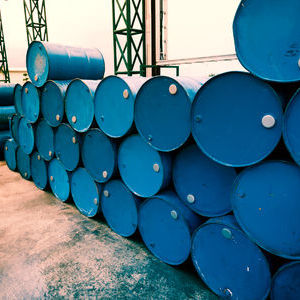Generator Categories
3. Large Quantity Generator (LQG): A Large Quantity Generator (LQG) is a facility that produces either 1,000 kilograms (2,200 pounds) or more of hazardous waste per calendar month, or more than 1 kilogram (2.2 pounds) of acute hazardous waste per calendar month. Major requirements for LQGs include:

- LQGs may only accumulate waste on-site for 90 days. Certain exceptions apply.
- LQGs do not have a limit on the amount of hazardous waste accumulated on-site.
- Hazardous waste generated must be managed in tanks, containers, drip pads or containment buildings subject to the requirements found at 40 CFR sections 262.17(a)(1)-(4) and, specifically for drip pads and containment buildings, 40 CFR part 265, subparts W and DD, respectively.
- LQGs must comply with the hazardous waste manifest requirements at 40 CFR part 262 subpart B and the pre-transport requirements at 40 CFR sections 262.30 through 262.33.
- LQGs must comply with the preparedness, prevention and emergency procedure requirements at 40 CFR part 262 subpart M and the land disposal restriction requirements at 40 CFR part 268.
- LQGs must submit a biennial hazardous waste report.
See 40 CFR part 262 and EPA's Hazardous Waste Generator Regulatory Summary for a complete description of the LQG regulations.
Knowledge Check Choose the best answer for the question.
1-8. What quantity of hazardous waste does a Large Quantity Generator (LQG) generate per month?
You forgot to answer the question!
